From clean beauty and “skinimalism” to the meteoric rise of gaming, the last year has brought with it dozens of innovative trends that reshaped our daily lives. As hashtags like #TikTokMadeMeBuyIt went viral, racking up billions of views, brands had to get more creative than ever in their marketing strategies, incorporating fun user-generated content and eye-catching visuals. For commercial photographers, it was a year of reinvention and thinking outside the box.
As we head into 2022, what trends, values, and priorities will we bring with us? Below, we’ll take a look at just six concepts to consider when shooting for your Licensing portfolio in the New Year, from themes and subjects (sustainability and technology continue to trend!) to aesthetics and style (collage is back in a big way). Read on for some inspiration and ideas.
Authenticity reigns supreme
The Getty Images Creative Insights team defines “realness” as a driving force in visual culture today, with increased demand for authentic visuals that represent all people. In fact, their research found that more than 90% of Americans say it’s important to live their lives as authentically as possible, and over 70% prefer to buy from brands that represent a lifestyle like theirs across advertising and communications. Instead of heavily retouched and stylized shots, we’re seeing more slice-of-life visuals that celebrate a more honest aesthetic.
Over on Getty Images, searches for “body positivity,” “real life,” and “self love” rose, indicating a shift toward more inclusive representation. In the last year, we’ve discussed the importance of photographing “micro-moments”—small, candid scenes from daily life—rather than posed or staged shots. Heading into 2022, we expect to see continued interest in photos that feel natural and relatable, so find inspiration in your community, and consider approaching your commercial photoshoots from a documentary perspective—capturing your models in their everyday routines.
Sustainability is here to stay
Sustainability, previously included as one of our trends to watch in 2021, is more than a trend. It’s a movement that will continue to influence how brands interact with their customers, and how consumers interact with the world around us. According to a recent report by the Economist Intelligence Unit (EIU), commissioned by WWF, the popularity of Google searches associated with sustainable goods has increased by 71% globally since 2016.
In that time, the number of posts on Twitter related to biodiversity and nature loss rose by 65%, and the number of companies committed to sourcing practices protecting biodiversity grew by 45% within the food, cosmetic, and natural pharmaceutical industries. According to a different survey from Deloitte, climate change and protecting the environment are the top concerns among Gen Z consumers.
At the same time, “greenwashing,” or the deceptive marketing of products as eco-friendly without action to back up those claims, remains a serious problem. Heading into 2022, consumers will expect more transparency and information about where companies source their products and ingredients. With time, more brands, including the oat milk brand Oatly, are also adding carbon labels and publishing the environmental footprint associated with their products.
This movement, in turn, inspires the evolution of visual culture, with photographers celebrating sustainable initiatives and conservation projects. It could also be as simple as photographing vegan foods with ethically-sourced, eco-conscious ingredients. For more tips, check out our article: Celebrating the natural world in commercial photography.
Technology explores new frontiers
For years now, technology has been another cultural element reshaping how we make and consume commercial images. The last year has brought with it countless innovations, from creative uses of artificial intelligence (AI) to the rise of wearable tech. Video gaming hit an all-time high during the pandemic, and cryptocurrency entered the mainstream with the explosive popularity of NFTs (non-fungible tokens).
Over on Getty Images, searches for “facetime,” “mobile banking,” “person looking at phone,” “smartphone home,” and “gamer,” all rose over the last year, showing how the conversation around technology has evolved. “Technology has been a major trend for a while but has become more and more integrated into our lives since the beginning of the pandemic,” the 500px team explains.
“In 2022, expect to see more ways for technology to work alongside us, such as eHealth, health and wellness tracking through wearable tech and apps, improved AI (self-driving cars, smart homes), AR and VR, and much more.” Tailor your concept to your models’ lifestyles, incorporating ideas as diverse as mindfulness apps or esports matches.
Color takes center stage
Every year, brands and forecasters announce their Colors of the Year, and marketers take note. In December, Pantone released their much-anticipated choice: Very Peri. The periwinkle hue marries the serenity of blue with the energy and creativity of violet red. As it happens, 2022 marks the first time Pantone has manufactured a new color for Color of the Year rather than digging into their pre-existing collection. This year, the choice seems to suggest, will be all about newness, reinvention, and confidence.
Other companies have also weighed in, with several choosing bright, optimistic hues. A number of them, including Better Homes & Gardens’ Laurel Leaf, Etsy’s Emerald Green, Benjamin Moore’s October Mist, Behr’s Breezeway, PPG’s Olive Sprig, and Sherwin Williams’s Evergreen Fog, reference the natural world, riffing on variations of green. “In color psychology, green is considered to be a statement of growth and nature, which is suitable for a post-pandemic market of consumers re-evaluating their impacts on the environment and feeling more hopeful in their personal ambitions,” the 500px team tells us.
Some companies chose warm colors; Art and Craft by Dunn-Edwards, for instance, is a warm, earthy brown, while Coloro + WGSN chose Orchid Flower, a saturated and juicy pink. “You may also start to see a shift in palettes with red (pink), yellow, and orange tones,” the team at 500px explains. “These colors are great for lifestyle and portrait shoots as they will add warmth to your environment and help you achieve a welcoming and authentic mood.” When planning your shoots, you can focus on one dominant color or select complementary pairs; greens and magentas, for instance, work beautifully together.
Design goes maximalist
Minimalism has been trending for quite some time, but the last couple of years have brought on a shift in the opposite direction, with playful colors and bold shapes taking center stage. Maximalism is all about character and individually, and it can be applied to any kind of photoshoot, from lifestyle to still life. “The confined, neat, minimalism of the past few years is switching to opulence, punchy colors, and experimentation,” Magda Olszewski, Creative Insights Researcher at 500px, tells us.
“People are embracing the haphazard aesthetic of the early internet as the new ‘retro,’ and I’m all for this. It creates new room for ‘messy’ thinking and experimental juxtapositions. It reminds me of film photography and the wonderfully beautiful mishaps that come with light leaks and expired film.” Think fun, mismatched patterns, or embrace the “cottagecore” trend with pastoral motifs, homemade baked goods, and spaces inspired by the natural world.
Image-buyers have responded to the call for maximalist style. On Getty Images, searches related to “minimalism” have fallen, while “cottagecore,” “boho chic,” and “floral wallpaper” have gone up by 333%, 132%, and 41%, respectively. Meanwhile, “maximalism” is up by 466%. In 2022, your images don’t have to be picture-perfect, with lived-in, well-loved spaces stealing the spotlight.
Collage is reborn
On the heels of maximalism and DIY culture comes the collage renaissance. This trend is all about combining and layering, whether you apply it to creating backgrounds for portraits or compositions for still lives. “There’s a new wave of collaging where photos are printed out and re-photographed in a new scene with other objects,” Creative Insights Researcher Magda Olszewski explains. “It’ll be everywhere, and I can see it having endless iterations and creative uses. We’ve seen collage have such a huge boom in the last decade or so, and I see this as the new ‘collage baby’ we’ve all been waiting for.”
One thing to keep in mind is that if you plan to submit your photos for Licensing, all images need to be your own, and you’ll need releases for all people or private properties featured, just as you would for any commercial shoot. “Another way to collage is by physically adding to your photographs and exploring their tactile qualities,” the 500px team says. “It could be adding meaning to your images by removing, altering, rephotographing, or adding external elements.” When working with “collage IRL,” give your imagination room to run wild.
Not on 500px yet? Click here to learn about Licensing with 500px.

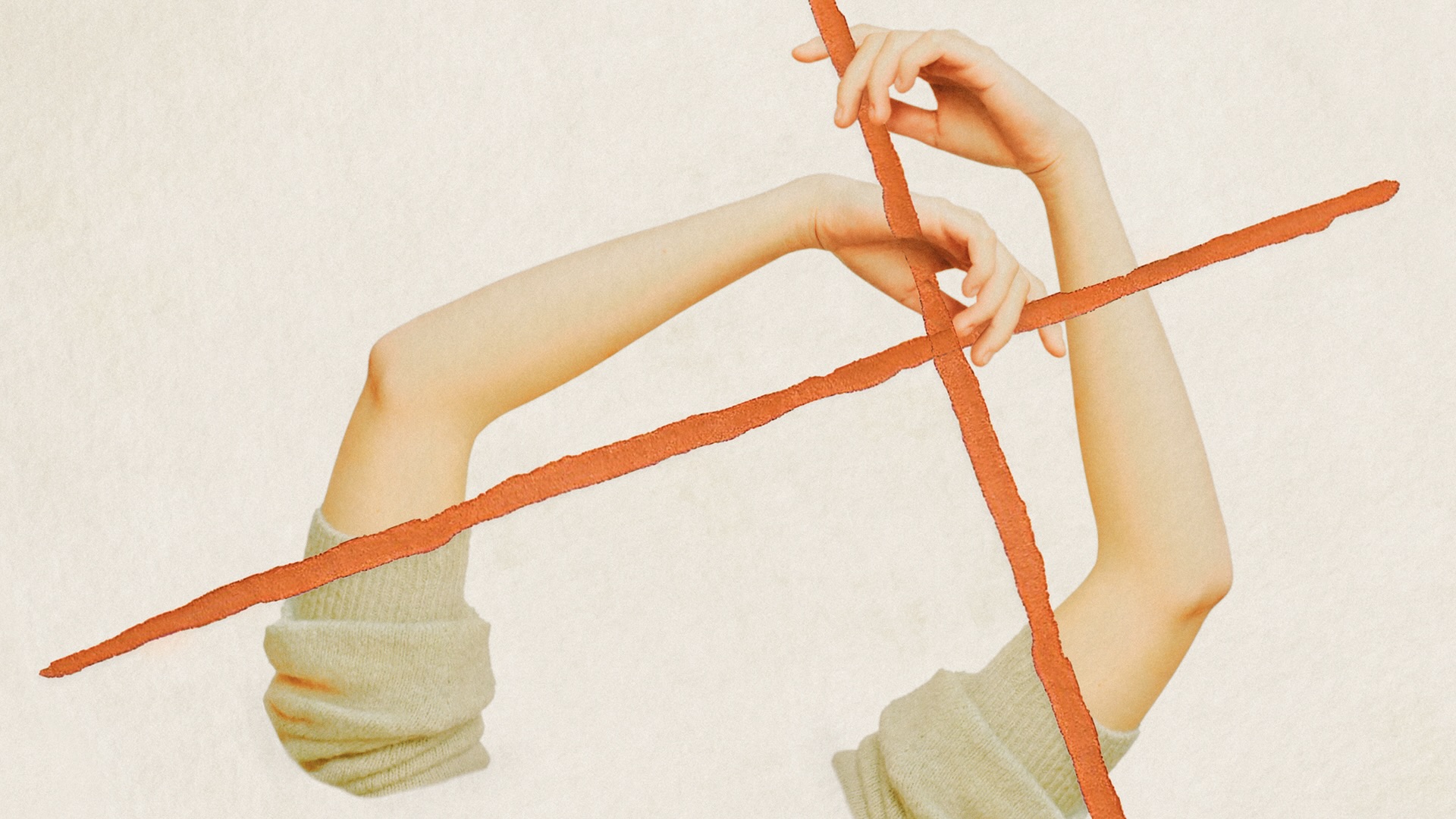
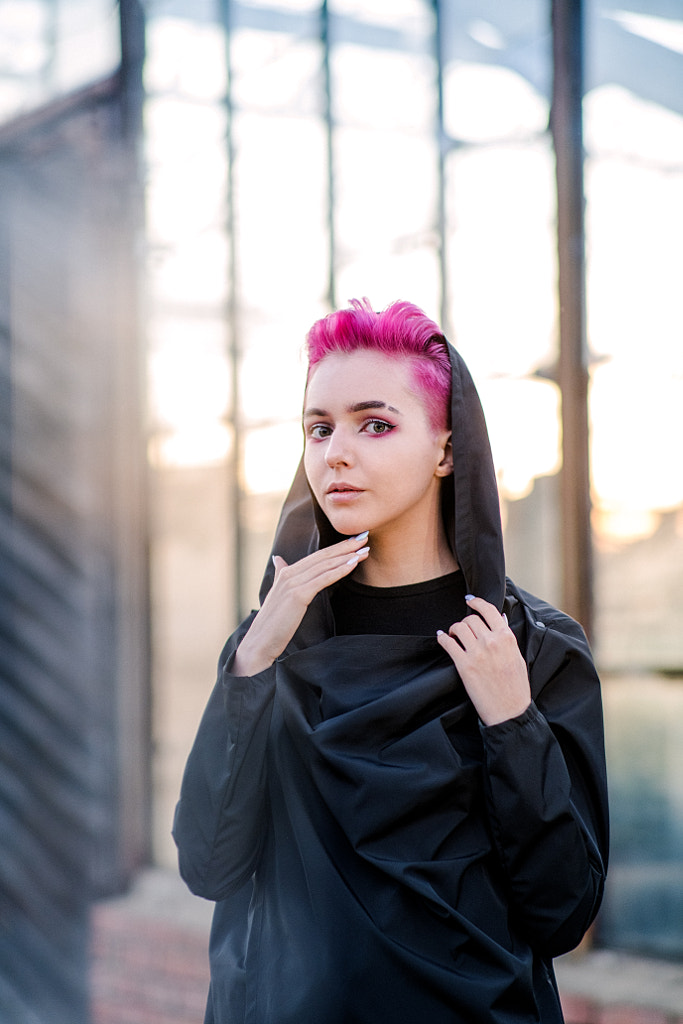


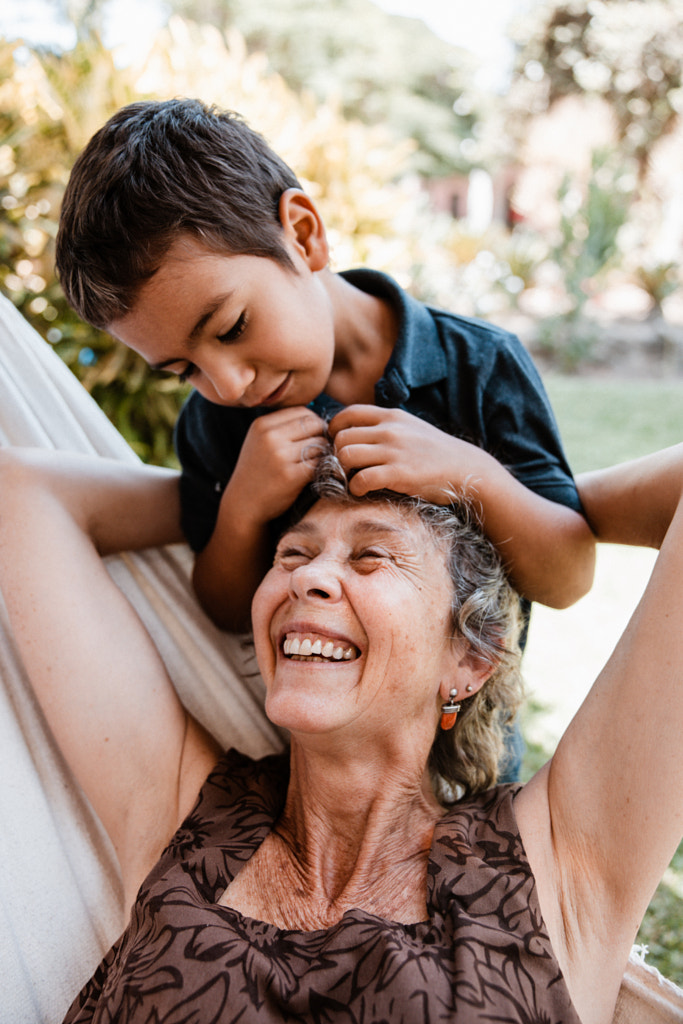
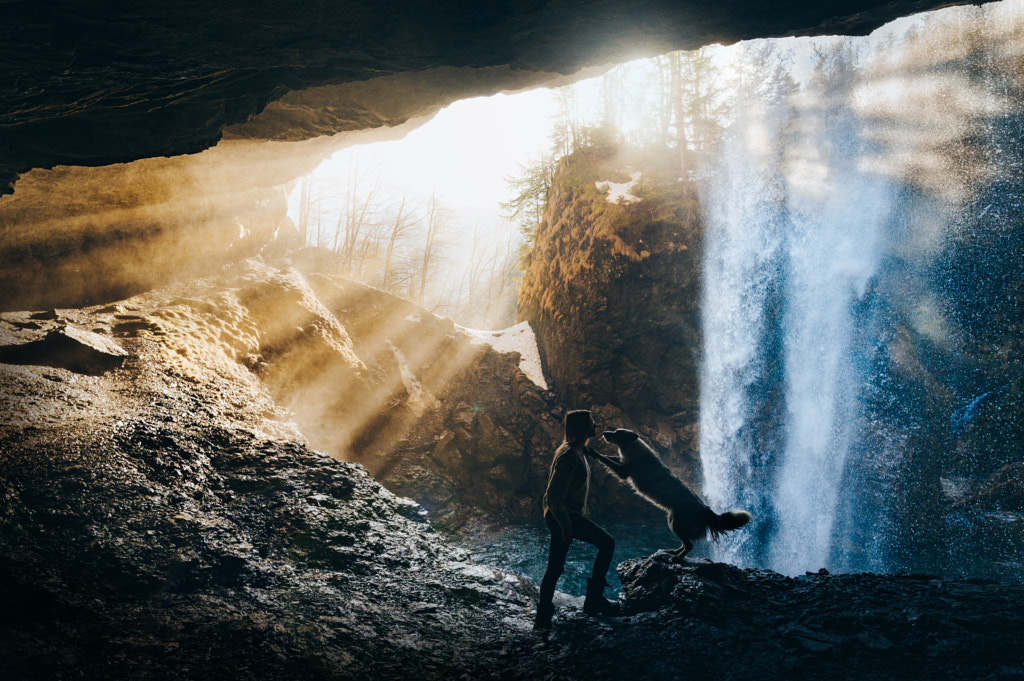
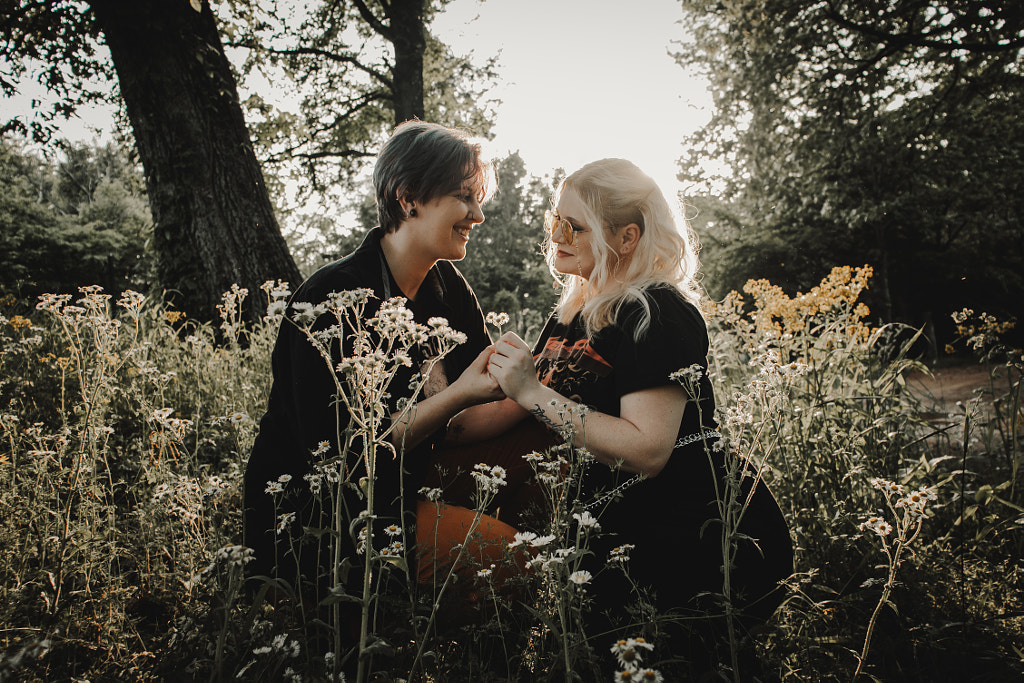
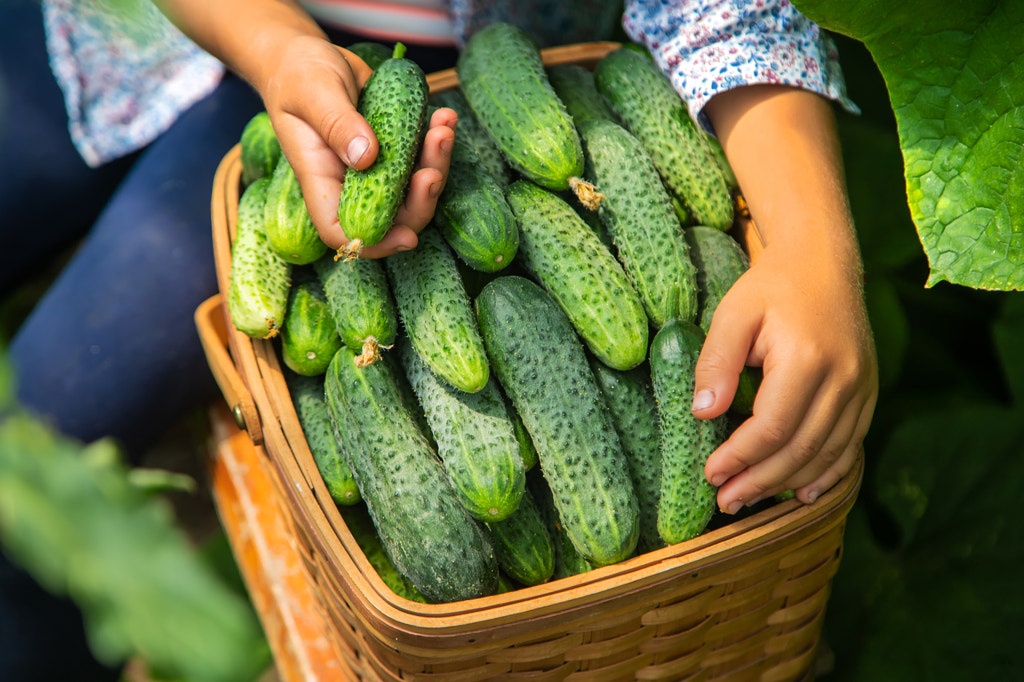
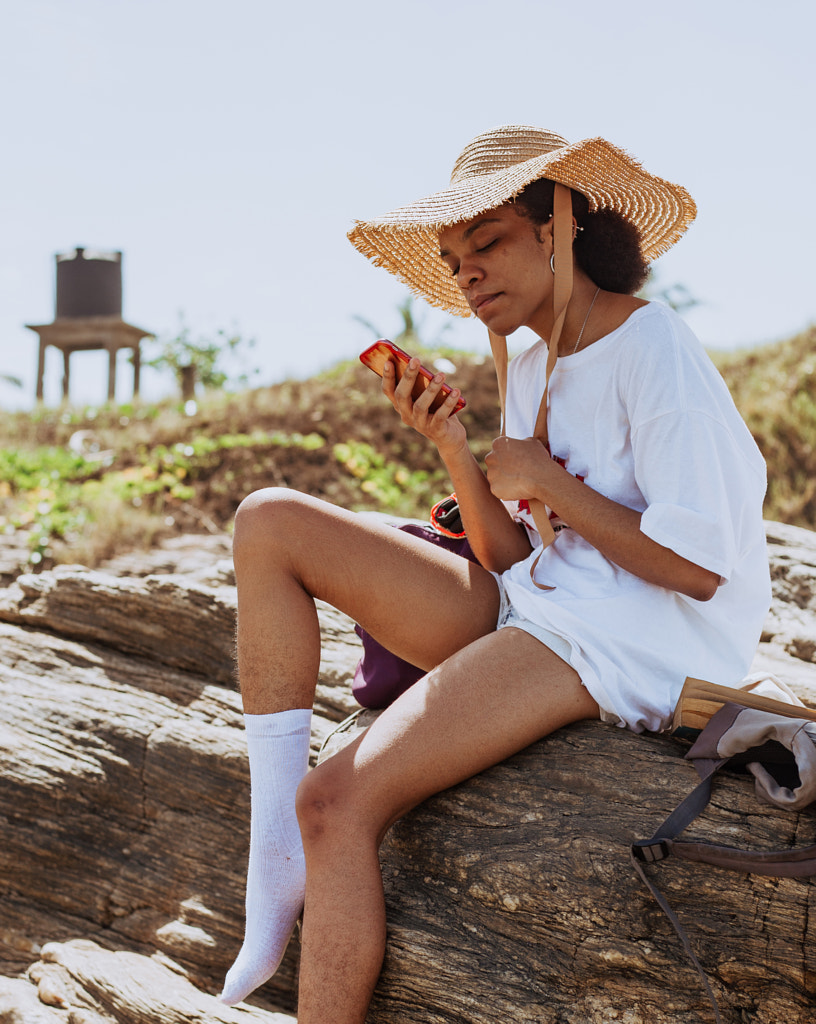
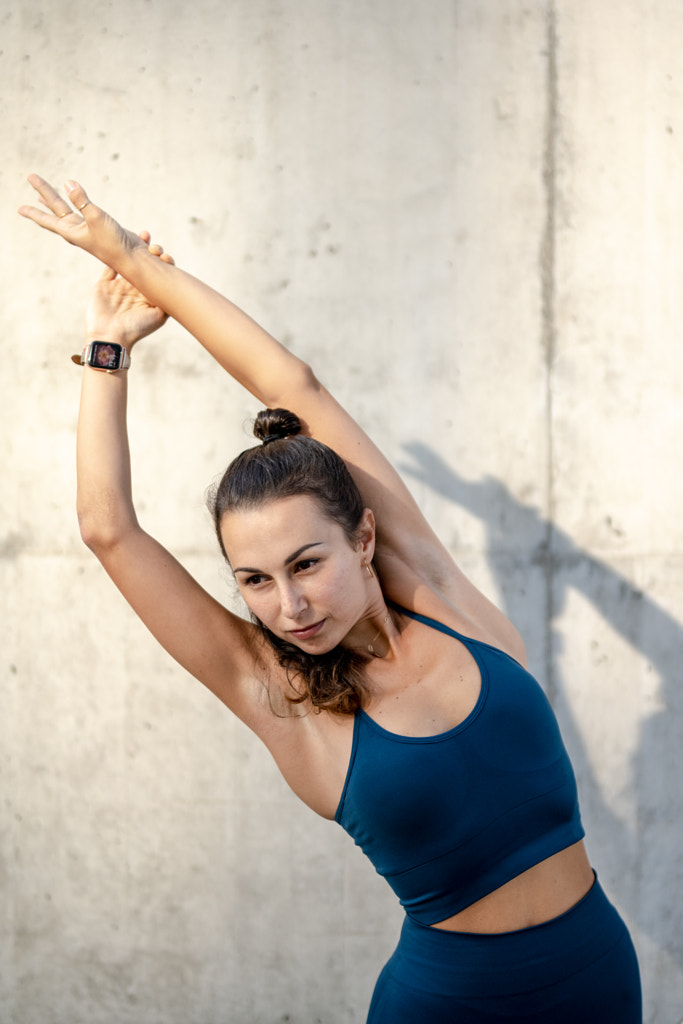
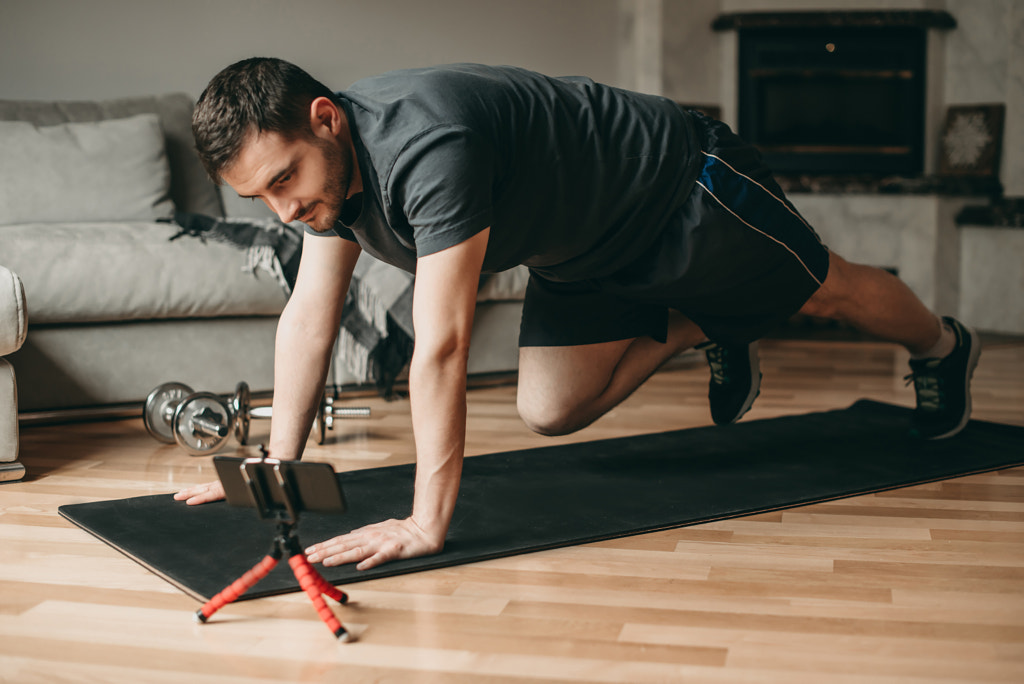
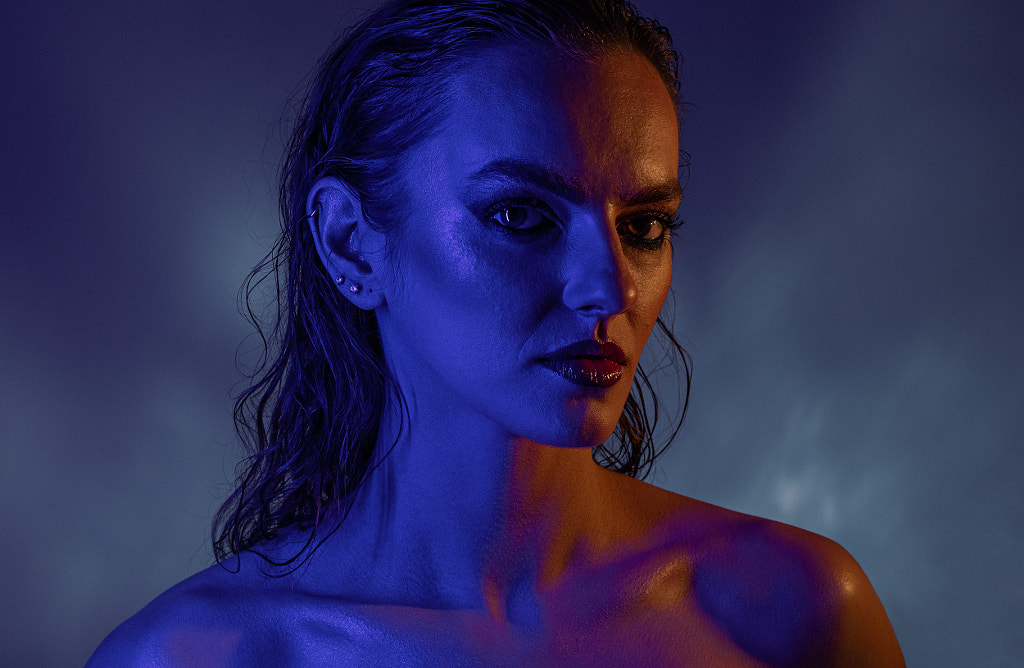
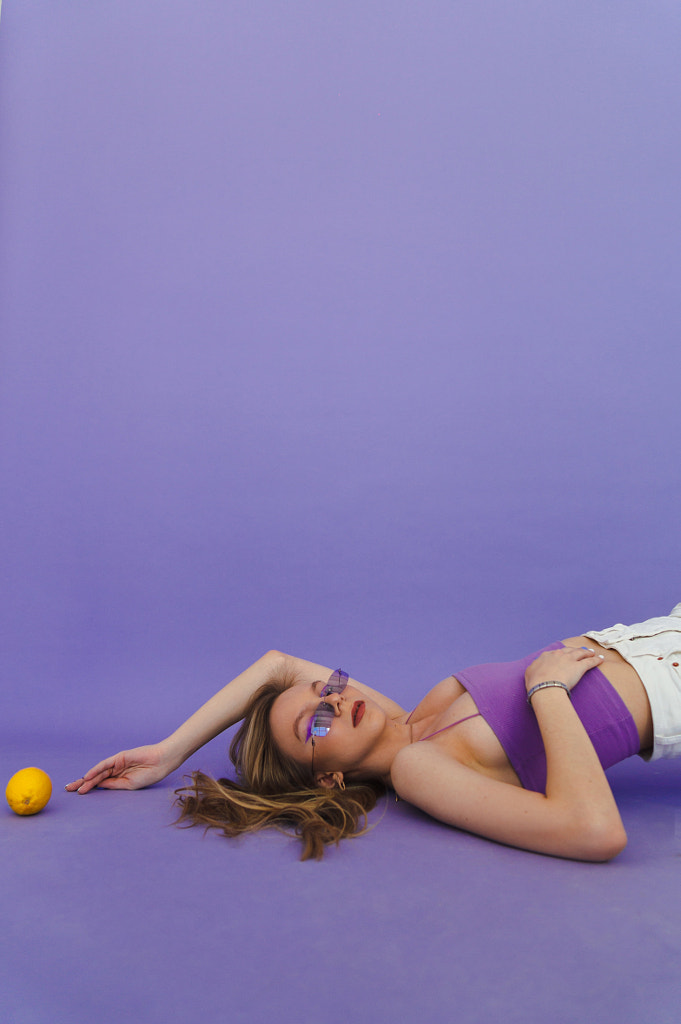
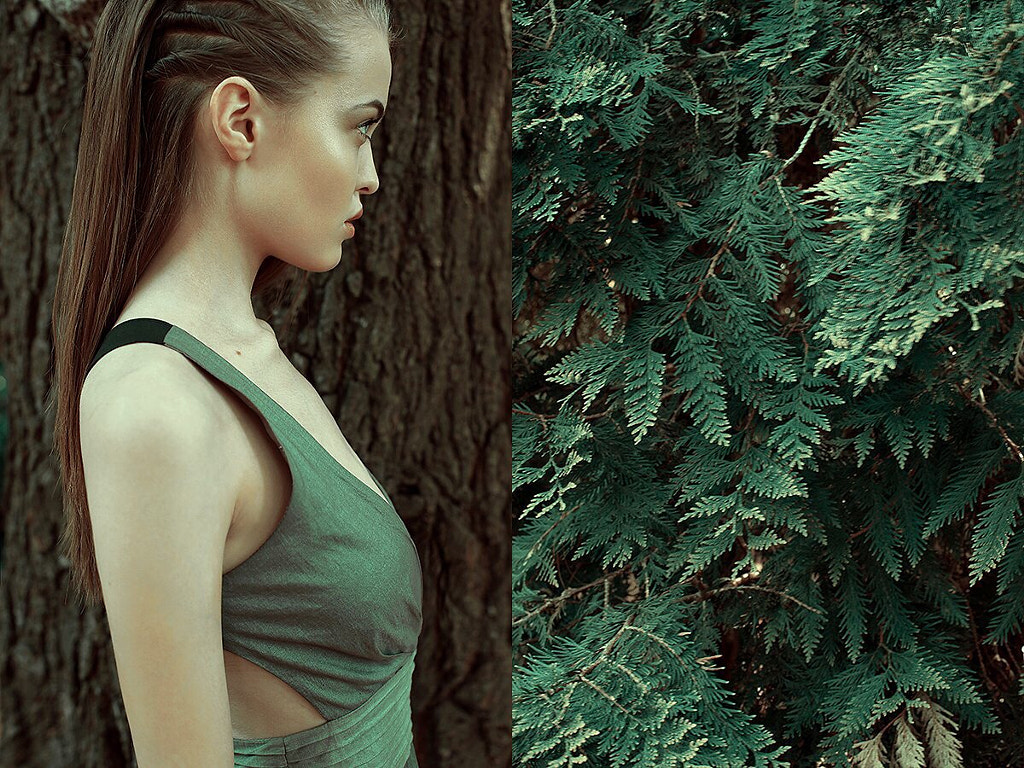
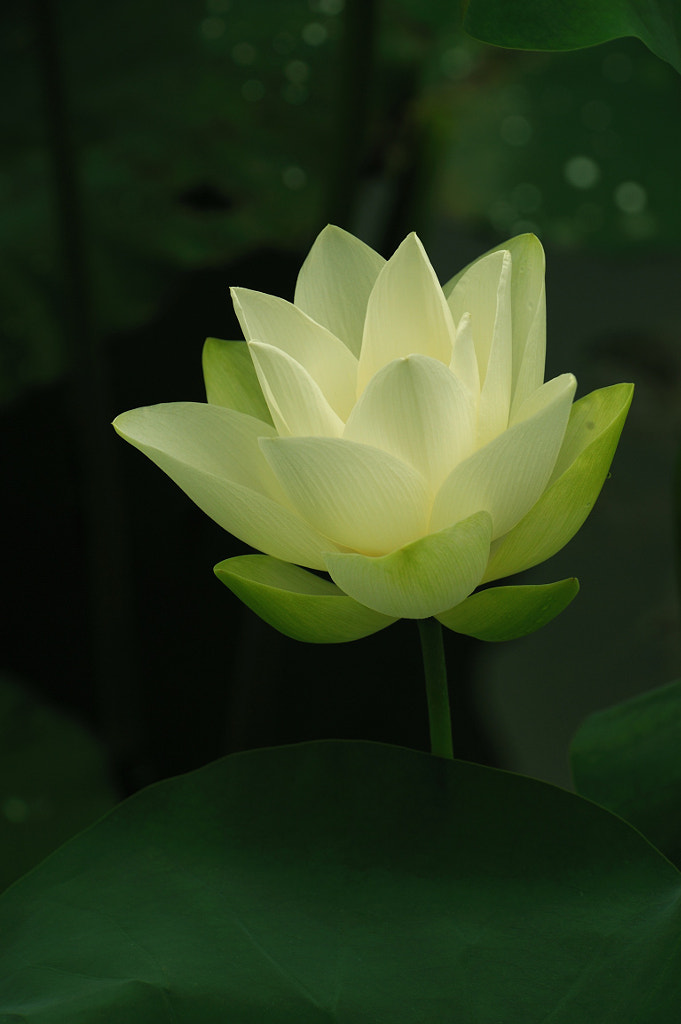

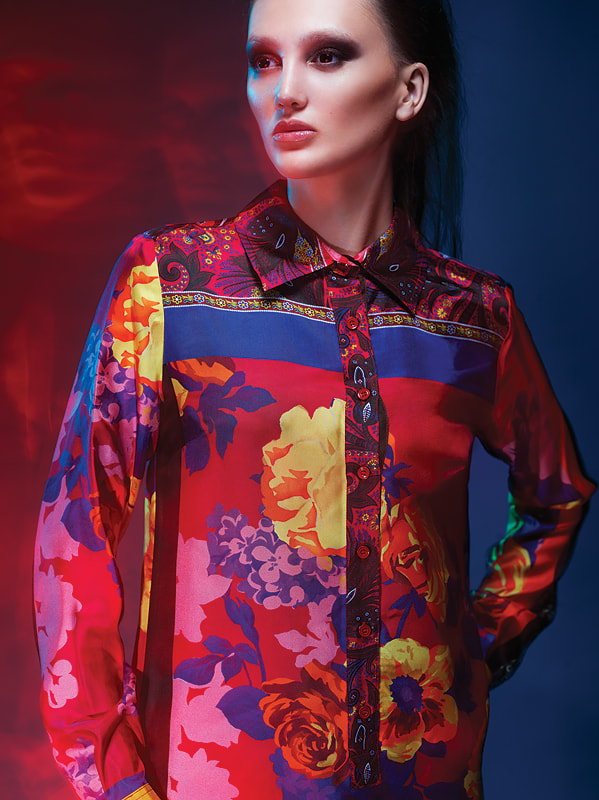
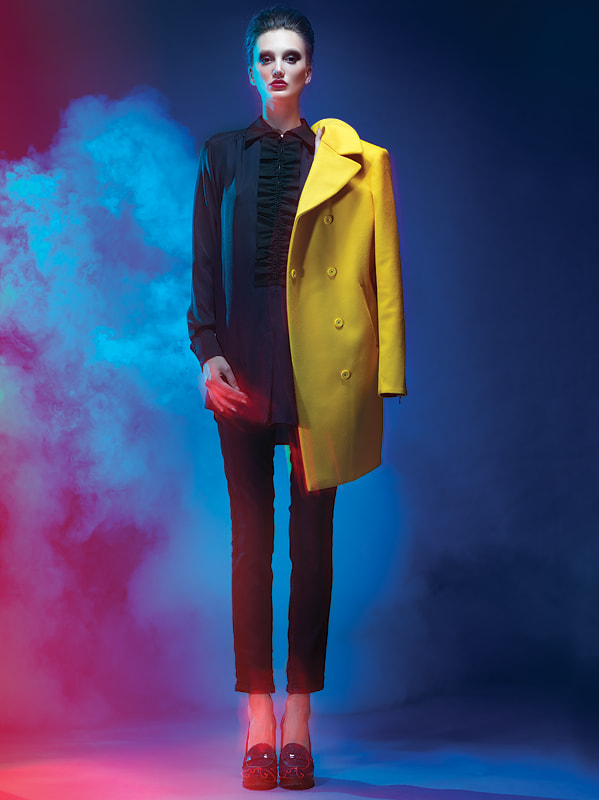
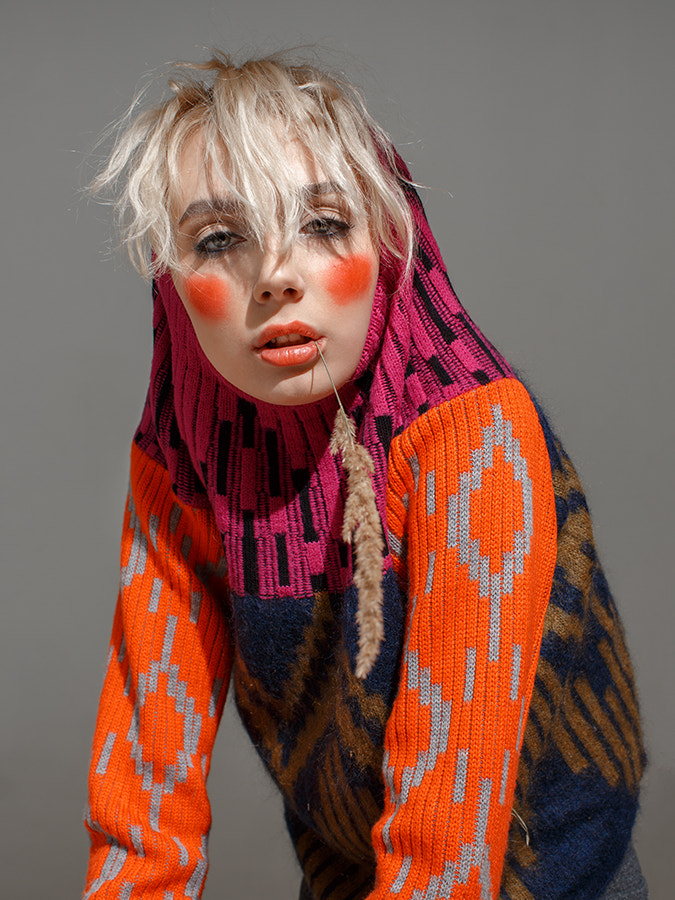

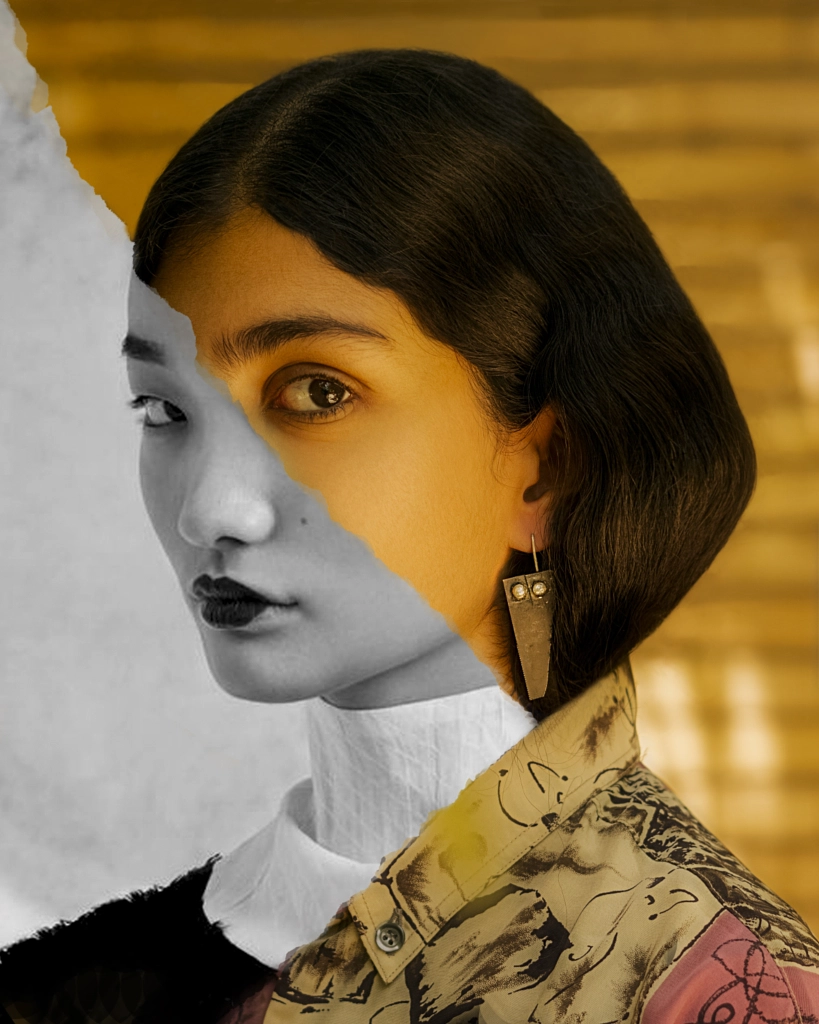
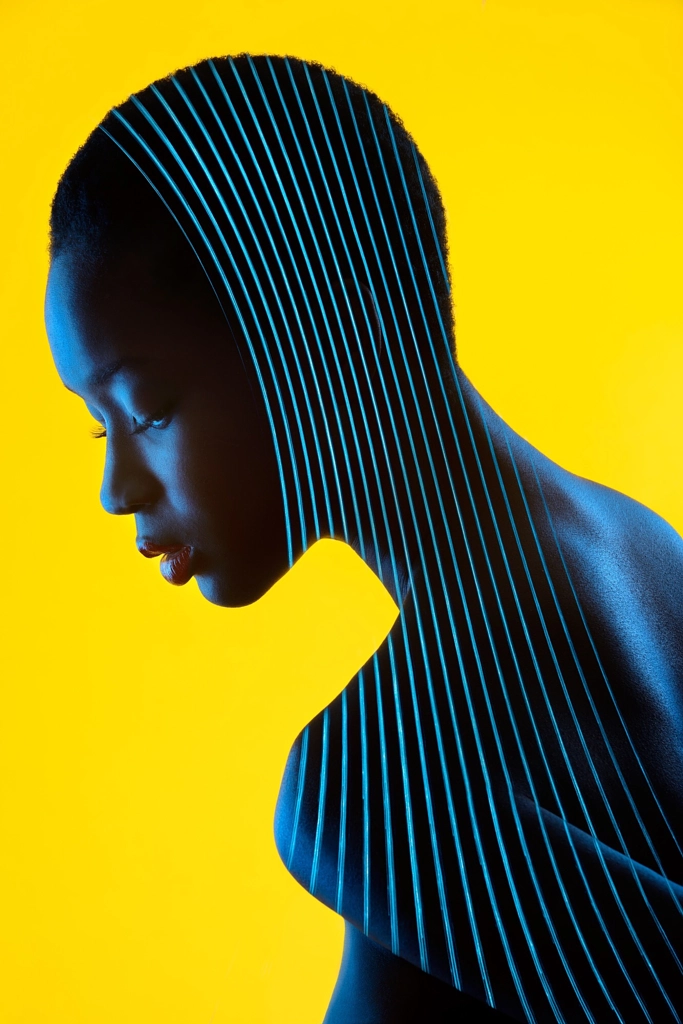

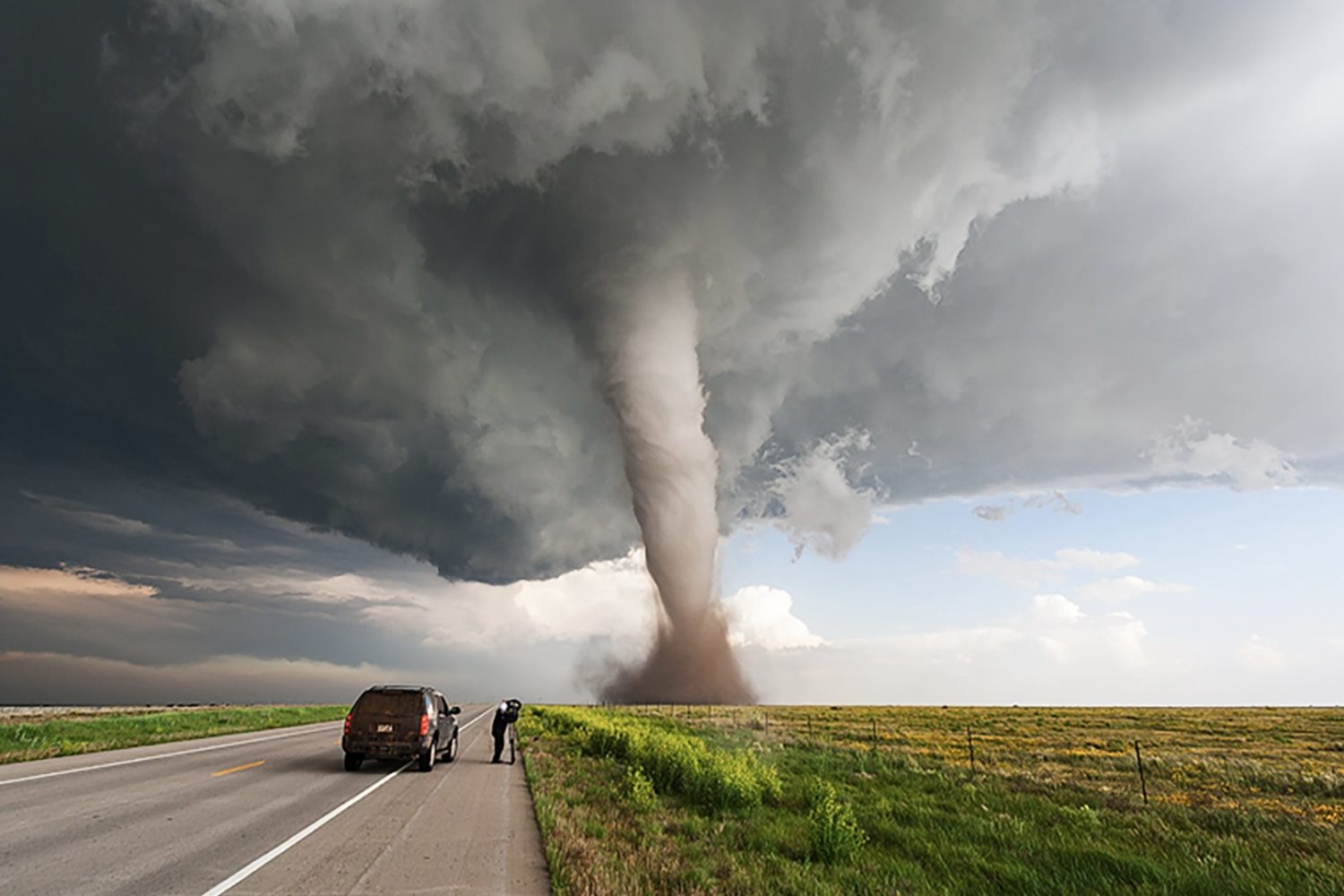
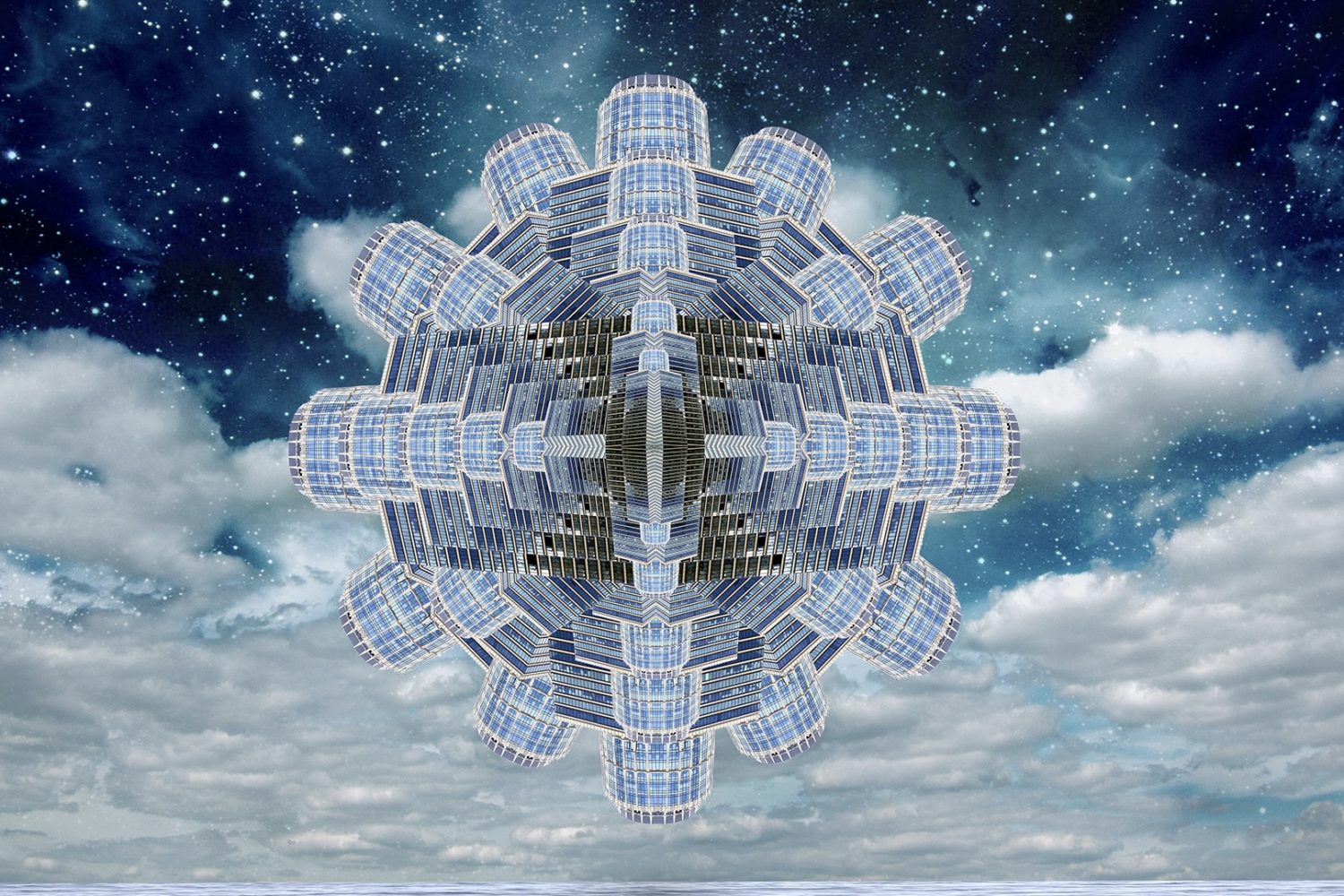
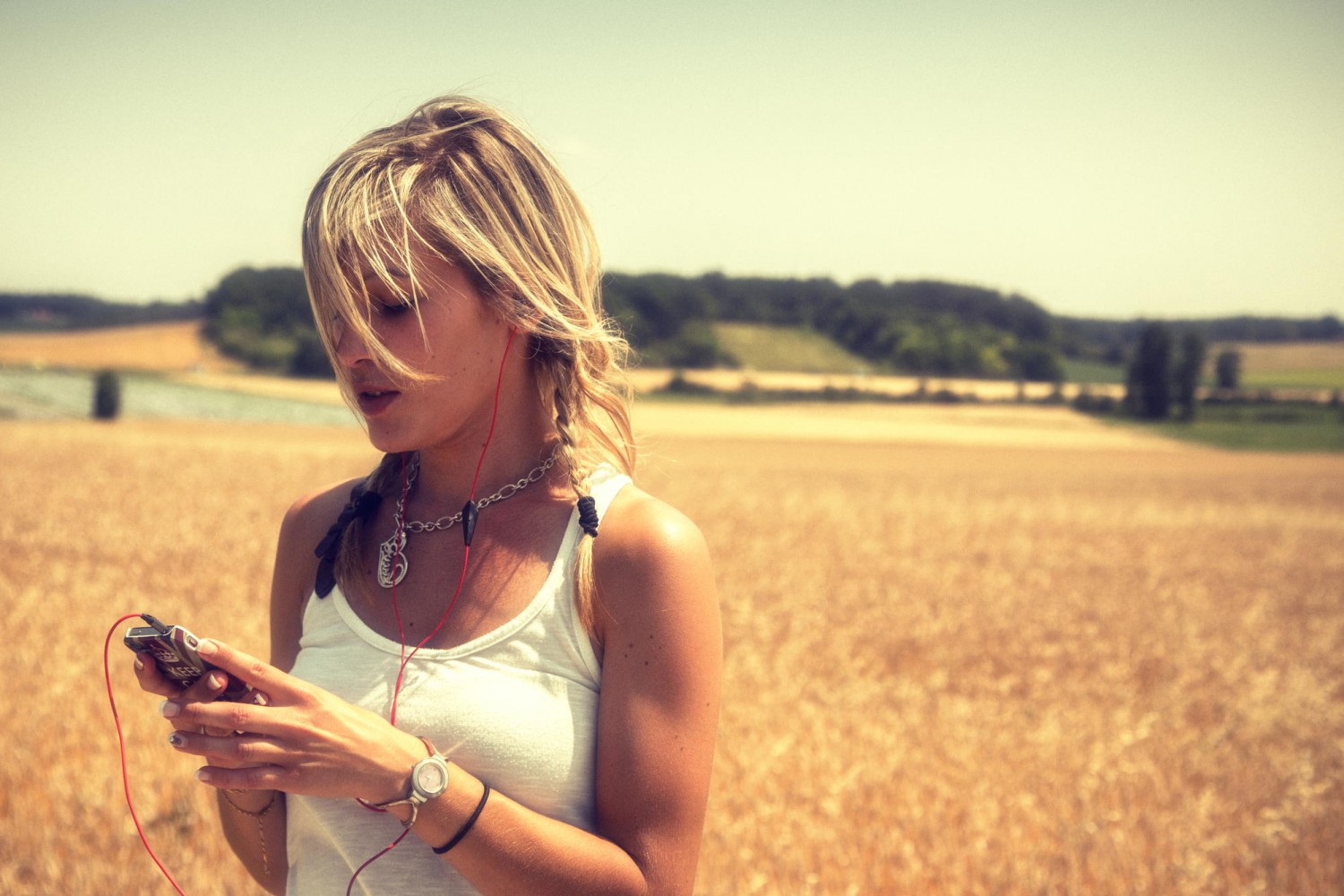
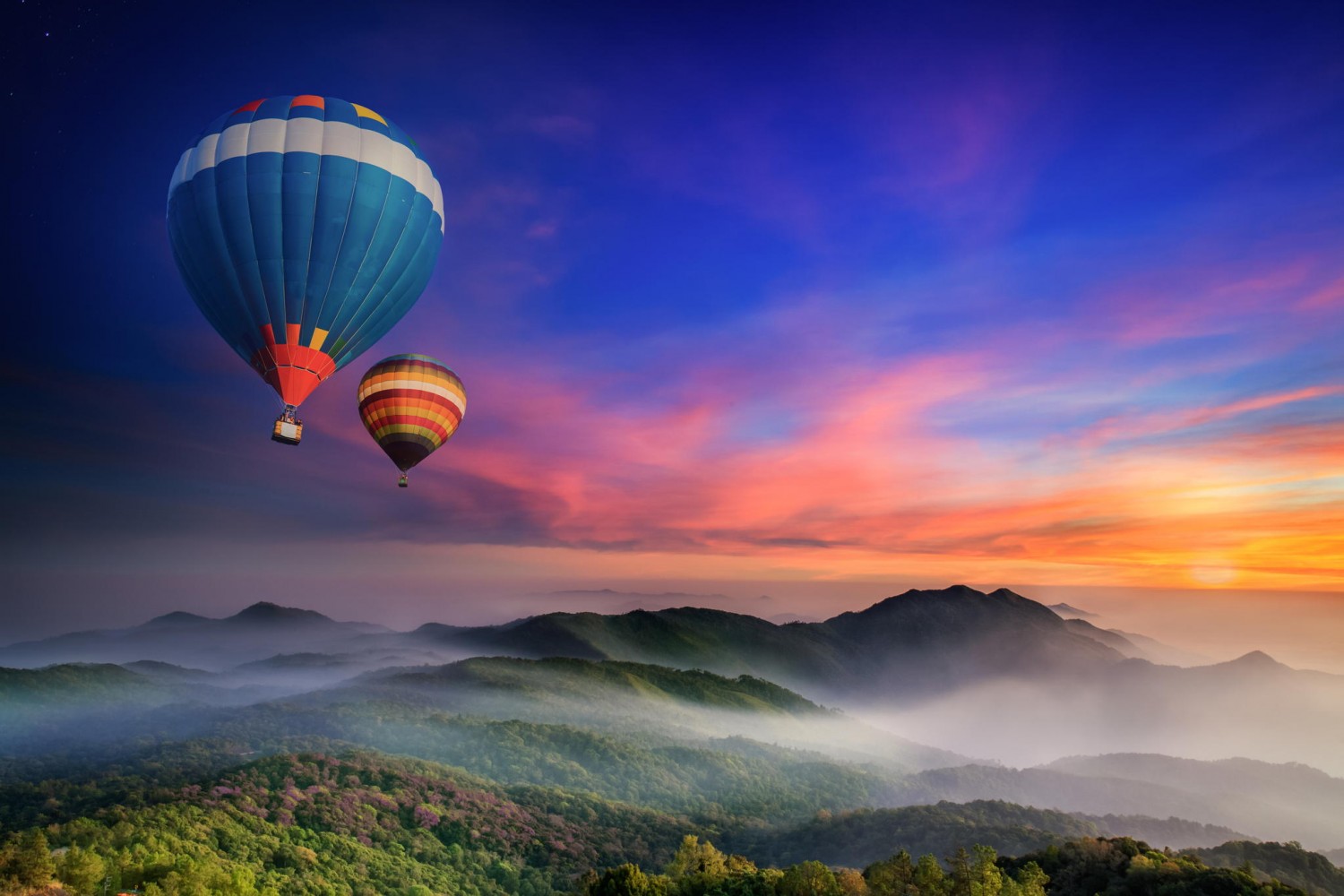
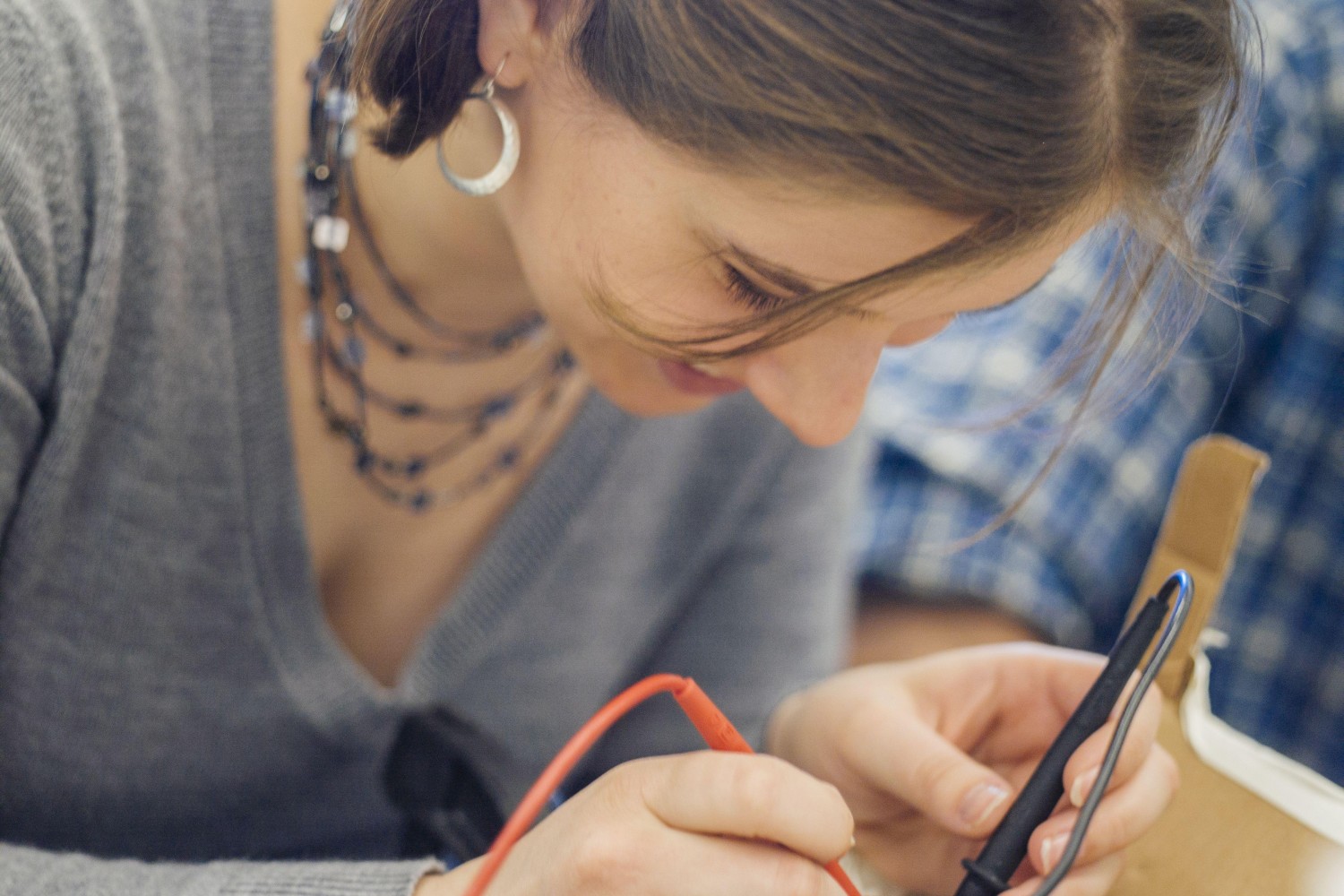
Leave a reply